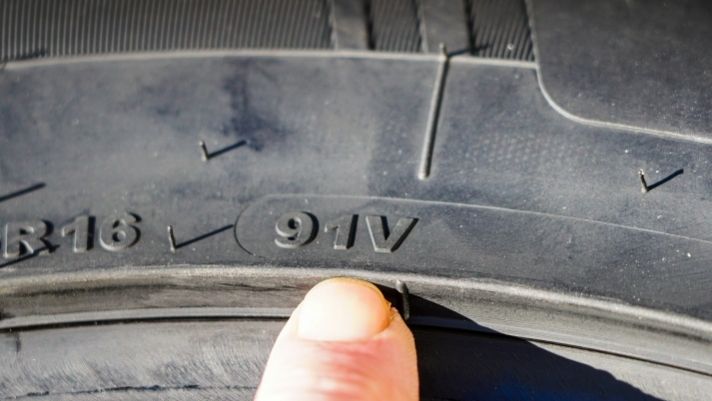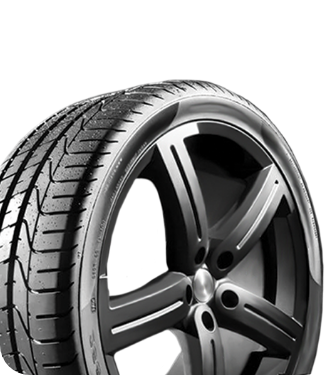

Load Index and Speed Rating: What Are They?
Tires |What are the load index and speed rating? This is a common question car owners ask when they first hear these terms. This is understandable and important for car owners to know, though not everyone makes an effort to learn. Use this guide to learn the basics of load index and speed rating so you can avoid misusing your car’s tires.
Load Index
The weight of the driver, passengers, and any belongings they bring inside a car has more of an effect on tires than many realize. Thus, each tire has a load index, which symbolizes the carrying capacity the tires support. You can find the load index by inspecting the tire’s sidewall, where you’ll find a long line of letters and numbers. The first chunk of that lengthy line is the tire size, but after the size, you’ll spot a couple of additional numbers with a letter right after it—those additional numbers are the load index. If you see an 88 clearly labeled as the tire’s load index, this doesn’t mean the tire can only support 88 pounds. An 88 index rating translates to a carrying capacity of 1,235 pounds. Your everyday normal automobile usually carries a load index anywhere between 70 (739 pounds) and 120 (3,086 pounds), though some can handle more. Finding a complete breakdown of the index online is incredibly easy and understanding your tire’s rating can come in handy. For example, if you plan on driving around with a lot of extra cargo, such as work equipment, you’ll know whether your tires can support the extra weight by looking at the load index.
Speed Rating
Speaking of your tire’s rating, earlier we discussed that you’d find a letter clearly listed directly after the load index—this is the speed rating. The purpose of a speed rating is to explain the tire’s maximum operating speed. Unlike the load index, speed ratings are always represented by letters such as L, M, N, P, Q, R, S, T, H, and V. L represents a maximum operating speed of 75mph, while V sits on the other end of the spectrum, symbolizing max operating speeds of 149mph. That said, owning a tire that can handle a higher operating speed doesn’t give you carte blanche to exceed legal speed limits on the road. Additionally, keep in mind that if your tires sustain damage, their designated speed rating is no longer applicable. So, load index and speed rating—what are they? Hopefully, this is something you can answer yourself now. That said, if you still feel some confusion about the topic, don’t worry; with all these different ratings and their meanings, it can be a bit much for newcomers to comprehend. Once you take some time to read through the list of speed ratings and load index rankings, cross-referencing them with your own tires, it will all become more straightforward. Next time you visit us for used tires in Grand Junction, feel free to ask any additional questions regarding this topic and more.





